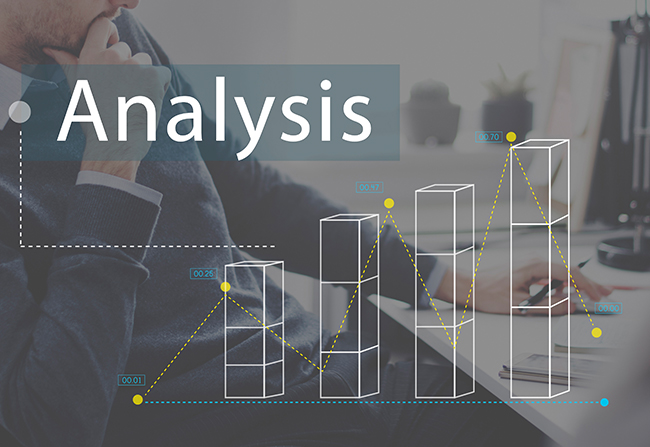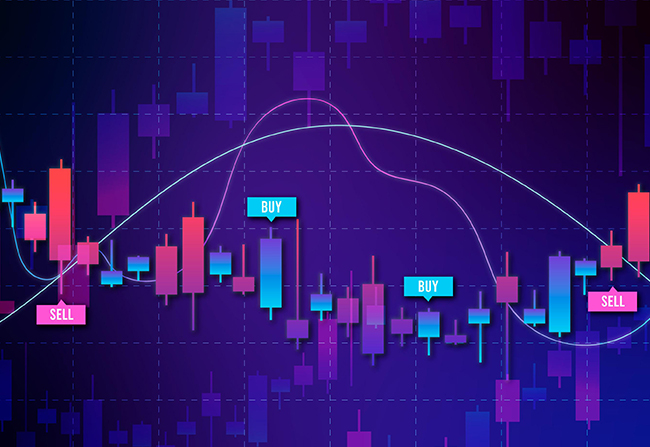
Trading is often viewed as a high-stakes endeavor, where fortunes are made or lost in seconds. However, successful traders know that trading is less about luck and more about managing risks while pursuing rewards. Understanding risk and reward is not just a trading strategy; it’s the cornerstone of a sustainable trading journey.
What is Risk and Reward in Trading?
In trading, risk refers to the potential loss a trader faces when entering a trade, while reward represents the potential profit that can be earned. Every trade involves a trade-off between these two factors. A proper understanding of this balance helps traders make informed decisions and avoid emotional or impulsive trades.
For instance, if a trader invests $100 with the potential to gain $300, the trade has a risk-to-reward ratio of 1:3. This means that for every dollar risked, the trader aims to make three dollars. Such a ratio can offer significant profit potential if managed correctly.
The Importance of Risk-Reward Ratios
The risk-reward ratio is a metric traders use to evaluate the profitability of a trade relative to its potential loss. It is calculated as:
Risk-to-Reward Ratio=Potential LossPotential Gain\text{Risk-to-Reward Ratio} = \frac{\text{Potential Loss}}{\text{Potential Gain}}Risk-to-Reward Ratio=Potential GainPotential Loss
For example, if a trade has a potential loss of $50 and a potential gain of $150, the risk-reward ratio is 1:3. Many traders consider a ratio of 1:2 or higher ideal, as it means that even if only half of the trades are successful, the trader can still be profitable.
Why Risk Management Matters?
Even the most promising trades can fail due to unforeseen market conditions. Risk management minimizes the impact of such losses on your portfolio. Without it, a single bad trade can wipe out weeks or months of gains.
Key principles of risk management include:
- Position Sizing
- Determine how much capital to allocate to each trade. Most experts recommend risking no more than 1-2% of your trading capital on a single trade.
- Setting Stop-Loss Orders
- A stop-loss order automatically exits a trade when the market moves against you by a predetermined amount. This limits losses and protects your portfolio.
- Diversification
- Avoid putting all your funds into one trade or asset. Spreading your investments reduces the overall risk.
How to Identify Reward Potential?
While managing risk is crucial, assessing the reward potential is equally important. Identifying high-reward opportunities involves:
- Market Analysis
- Use technical and fundamental analysis to predict potential price movements. Chart patterns, indicators, and market news can provide insights.
- Trend Following
- Trading with the prevailing market trend often increases the probability of success. A strong uptrend or downtrend indicates momentum, which traders can capitalize on.
- Setting Profit Targets
- Determine realistic profit goals for each trade. This prevents premature exits and helps maximize returns.
Balancing Risk and Reward: Key Strategies!
To effectively balance risk and reward, traders should adopt the following strategies:
- Use Risk-Reward Ratios in Trade Selection
- Always calculate the risk-to-reward ratio before entering a trade. Prioritize trades with favorable ratios, typically 1:2 or higher.
- Follow a Consistent Trading Plan
- A trading plan ensures disciplined decision-making. It should include entry and exit strategies, risk management rules, and performance evaluation.
- Leverage Backtesting
- Test your strategies on historical data to identify their risk and reward profiles. Backtesting helps refine approaches and builds confidence in your plan.
- Maintain Emotional Discipline
- Avoid greed by not chasing unrealistic rewards, and prevent fear from making you exit trades too early. A logical, data-driven approach yields better results.
Common Pitfalls to Avoid:
- Ignoring Risk Management
- Over-leveraging or risking too much can lead to significant losses.
- Focusing Only on Rewards
- Chasing high-reward trades without considering the risks can deplete your account.
- Overtrading
- Making too many trades increases exposure to market fluctuations and often leads to poor decision-making.
Conclusion:
Understanding and balancing risk and reward is a skill that separates successful traders from those who struggle. By implementing sound risk management practices, calculating risk-reward ratios, and maintaining emotional discipline, traders can navigate the markets with confidence and consistency.
Remember, trading isn’t about winning every trade but about maximizing overall profitability while safeguarding your capital.



